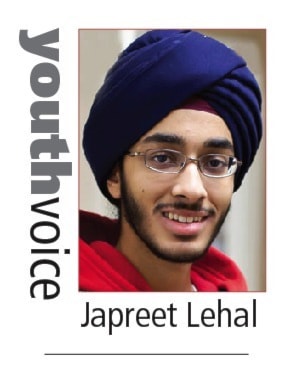With the first month of school behind them, many undergraduate students are getting back into the flow of classes, tests, and tutorials. However, during this time of year, students will also see posters of pub nights and parties posted on bulletin boards and Facebook pages. It is during these types of events that students often fall prey to “binge drinking.”
The Centers for Disease Control and Prevention (CDC) define binge drinking as “men [who] consume 5 or more drinks and women [who] consume 4 or more drinks, in about 2 hours.”
According to the 2011 Community Health Survey, binge drinking has risen by one per cent in B.C. and by two per cent across Canada, from 2010 to 2011. Universities such as Acadia University and the University of Alberta have already tried to curtail the phenomenon of binge drinking on their campuses, but one can only wait and see to observe the effects that these prohibition-style implementations will have on student drinking behaviour.
Other universities across Canada are also trying to raise awareness of this problem through student groups and anti-binge drinking campaigns.
In B.C., teens are “the largest group of binge drinkers” and the costs of binge drinking exceed $2.2 billion per year, according to HereToHelp.bc.ca. These factors, however, simply compound the individual harms of binge drinking. Binge drinking can not only lead to health problems such as alcohol poisoning, but also to other risky behaviors.
The problem doesn’t end there. An even scarier aspect of binge drinking is its combination with dieting. Earlier this year, SFU researcher Daniella Sieukaran urged students to stop practising “drunkorexia,” a phenomenon in which teens go on diets so that they can binge drink without gaining weight. The B.C. government is also raising awareness about the dangers of binge drinking through its anti-binge drinking posters on buses and other places throughout the Lower Mainland.
In order to combat binge drinking, governments, educational institutions and parents must all work together. We as a society must discard the false idea that one’s teenage years should be associated with excessive drinking and alcohol.
Furthermore, what may seem like a benign action to parents might help to shape the wrong habits of their kids. Christine Jackson of RTI International, who carried out a recent study about parents allowing kids to sip small amounts of alcohol, stated that “it is possible that an early introduction to alcohol, even when it is limited to sips and even when it is meant to discourage child interest in alcohol, could backfire and lead to more drinking later on.”
What is even more important is that teens and students self-reflect and analyze their own drinking behaviours. Becoming aware about the dangers and risks of binge drinking is the first step. Realizing the importance of moderation and alternatives to alcoholic drinks is equally important.
To learn more about the effects that binge drinking can have on you, visit the Change my Face – Drinking Time Machine at http://alcohelp.com/young_people/change-my-face, a web app which allows you to see how you would look 10 years from now, if you drank excessively.
So as you get ready to enjoy Halloween parties and get-togethers, it is important that you monitor your drinking habits and celebrate without putting your health and safety at risk.
Japreet Lehal is a student at Simon Fraser University Surrey. He writes regularly for The Leader.
